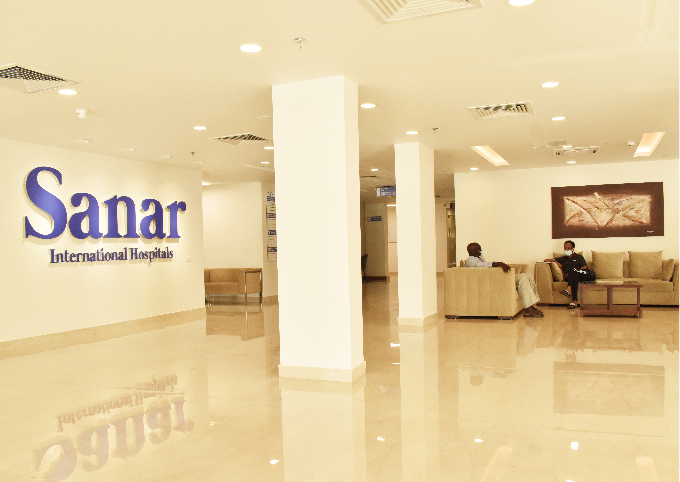Procedure Type
SurgicalProcedure Duration
30 to 90 minutesHospital Stay (Days)
1-2 DaysLaser prostatectomy is a minimally invasive surgical procedure used to treat benign prostatic hyperplasia (BPH), a condition where the prostate gland enlarges and causes urinary symptoms such as difficulty in urination, frequent urination, or inability to completely empty the bladder. This procedure uses a laser to remove or vaporize excess prostate tissue, improving urinary flow and reducing the symptoms associated with BPH. Laser prostatectomy is favored for its precision, reduced bleeding, and quicker recovery times compared to traditional prostatectomy methods.
During laser prostatectomy, the surgeon uses a laser fiber inserted through the urethra to target and remove or shrink the enlarged prostate tissue. The procedure can be done under spinal or general anesthesia, and it typically lasts between 30 minutes to 1 hour. Several types of lasers may be used, including the Holmium laser, GreenLight laser, or Thulium laser, depending on the surgeon's preference and the patient's specific condition. The laser energy cuts away or vaporizes the excess prostate tissue that is obstructing the urinary flow.
Laser prostatectomy offers several benefits over traditional surgical options, such as transurethral resection of the prostate (TURP). The most notable advantage is the reduced risk of bleeding, making it an ideal choice for patients who are at risk due to other medical conditions like blood disorders. The procedure is minimally invasive, meaning no external incisions are made, which leads to less discomfort, shorter hospital stays, and a quicker recovery time. Additionally, patients are less likely to experience complications like incontinence or erectile dysfunction after laser prostatectomy.
Recovery from laser prostatectomy is generally faster than from traditional surgery. Most patients are able to go home the same day or the following day. After the procedure, a catheter is usually placed in the bladder to help with urination for a few days, though the catheter is typically removed within 1-2 days. It is common to experience mild urinary symptoms, such as a frequent urge to urinate or discomfort during urination, for a short period after the procedure. Patients are generally advised to avoid heavy physical activity and strenuous exercise for a few weeks to allow proper healing.

Associate Chief Urology & kidney transplant & Robotic Surgery

Senoir Consultant - Renal Sciences, Urology

Chief - Urology, Kidney Transplant Program & Robotic Surgery (Unit II)
While laser prostatectomy is a safe procedure, like all surgeries, it carries some risks. Possible complications include bleeding, infection, urinary incontinence, or temporary erectile dysfunction. In some cases, patients may experience a narrowing of the urethra (urethral stricture) or may need follow-up treatments if the prostate tissue regrows. These complications are rare and are typically less common than with traditional prostate surgery methods.
The cost of laser prostatectomy in India is relatively affordable compared to countries like the United States or the UK, making it a popular destination for medical tourism. On average, the cost of the procedure ranges from ₹1,50,000 to ₹4,50,000, depending on the hospital, the technology used, and the complexity of the case. This price often includes hospital charges, surgeon’s fees, anesthesia, and post-operative care.
Laser prostatectomy is highly effective in relieving symptoms of BPH, with most patients experiencing significant improvement in urinary flow and a reduction in symptoms. The success rate of laser prostatectomy is high, with many patients achieving long-term relief from urinary problems. In some cases, patients may require follow-up procedures, but the overall outcome is generally positive, with a low risk of recurrence of symptoms.

Gurugram, India

Gurugram, India

Gurugram, India
Honest Guidance, Reliable Support, Seamless Journeys.
Provide Us
Reports


Get Medical
Opinions


Pre-Arrival
Arrangements


Visa
Support


Assistance in
Treatments


Fly back and
Follow Up

